For my winery assignment, I visited Red Hook Winery. It is located at 175 Van Dyke St. Pier 41 Suite 325A, Brooklyn, NY 11231. I called them on Saturday of November 30th at around 5:30pm, to make an appointment to visit them on Wednesday of December 4th for around 3:00pm-5:00pm. I spoke to a man on the phone, who was very polite and kind but I didn’t get his name. I went with my friend Dzifa, who has to do this same winery assignment, but she is not in the class as me. It was my first time experiencing a winery and to see in person the things that I’ve been studying in class. It was a great tour of Red Hook Winery, and I enjoyed their wines.
It was founded in 2008 by Mark Synder, who has been in the music and sound business. He has always been on the road travelling and tasting wines with other celebrities, which gave him the idea of opening his own business. Red Hook Winery is an urban winery, whose wines are produced from grape to bottle at the site, with their own signature labels. It is stated in their official website that, “From the salty, sea-breeze-blown North Fork of Long Island to the stone, shale, and winter-dominated Finger Lakes, we work with grape farmers who give agricultural definition to New York’s nascent wine growing country.” This tells you that they get 90% grapes from North Fork of Long Island, and 10% grapes from Finger Lakes. There are three wine makers of Red Hook Winery, who are Christopher Nicolson, Robert “Bob” Foley and Abraham “Abe” Schoener. They create unique expressions of these individual vineyard sites, producing wines that reflect the climate, geology, and viticulture that make New York unlike any other growing region in the world.
We went at a perfect day and time, where they were hardly anyone there, and we took our times in going through everything. When I first entered the winery, I got greeted warm and welcoming from the staff. We stated that we were New York City College of Technology students, who had to visit a winery for an assignment. They asked if we were in Professor Goodlad’s class, and told us that a few students visited before. I stated that I called on Saturday to visit on Wednesday, which a man named Vince said, “I recalled that.” That signified that he was the person who I spoke to over the phone. Vince started at Red Hook Winery in June 2019, where he was assigned as a tasting room manager. He loves his job, and would like to move in the neighbor closer to work. Vince was the one who gave us a tour, since Christopher was busy dealing with other things. Vince first lined up four wine glasses each for us to try, alongside the bottle of the wines that he poured in the glasses, before he showed us the winery room. There were four categories of wines we chose from which were; White Wine, Rose & Orange Wine, Red Wine, and Sweet Wine.
The first wine I tried was the “Chardonnay 2014,” in the White Wine category by Christopher Nicolson, with grapes from South Vineyard, North Fork. It was a day bright/gold yellow light body wine. The smell and taste were combinations of apples, pears, etc. with medium acidity and short after taste. This can be pair with seafood, light veggies or a salad. The second wine I tried was the “Skin Fermented Chardonnay ‘Gefion’ 2016,” in the Rose & Orange Wine category by Abe Schoener, with grapes from North Fork. It was a bright/gold orange wine, with a short finish. The smell and taste were combinations of peaches, apricots, etc. with medium acidity and medium sweetness. The third wine I tried was the “Petit Verdot 2014,” in the Red Wine category by Robert Foley, with grapes from Reilly Wine yard, North Fork. It was a very dark red/violet full body wine. The smell and taste were combinations of cherries, blueberries, plums, etc. with high acidity, tanning and a very short finish. This can be pair with red rub ribs or a lean burger. The fourth wine I tried was the “Riesling ‘Late Harvest’ 2015,” in the Sweet Wine category by Robert Foley, with grapes from Jamesport Vineyard, North Fork. It was a day bright/orange/rust color medium body wine. The smell and taste were combinations of honey, syrup, raisins, etc. with a lingering finish. It was a very sweet wine with 9% alcohol, which I hardly tasted. This wine is to be pair with desserts.
Then Vince showed us to the winery room, where the magic happens. There was the machine that presses the grapes, which was explained in class by professor. Then there was three other machines; one that cleans the bottles, fills the bottles with wine, and closes the bottles with corks along with putting labels on the bottles. After that he showed up the barrel room with about 100 barrels of wine or more, being left to age. Unfortunately, we were unable to taste wines directly from the barrels. Red Hook Winery produces about 1,500 cases a year, with 12 bottles in each case. The prices of the wines at Red Hook Winery range from $20-$50 per bottle. They usually hire people to work there in the summer. I would say that my overall experience was great, and I hope to visit a winery with actual vineyard there in the future.

This picture shows the third machine, which closes the bottles with corks, and puts the labels on the bottles.
Reference:
The Red Hook Winery, Wine Region, https://www.redhookwinery.com/about.

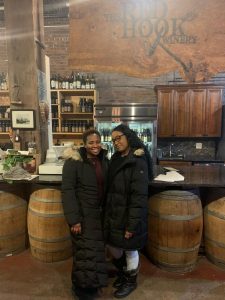
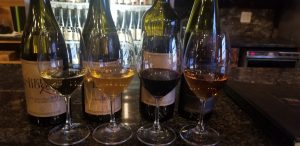
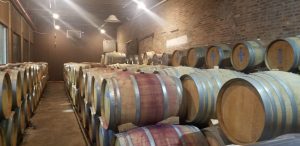
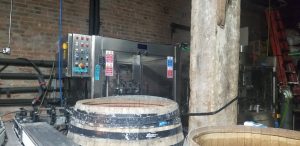
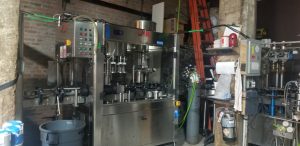
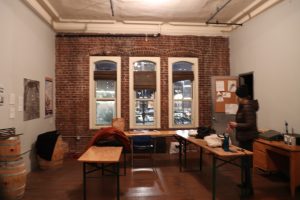



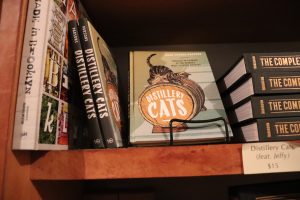





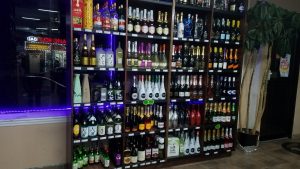

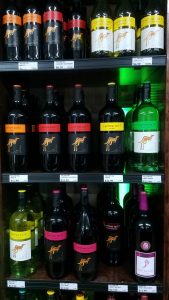

 https://gyazo.com/a9dc0b9a17d9d3a1922c73a221cb5e56 – Here is a picture of me at the brewery. Behind me is the line for the tours as well as large containers for the beer
https://gyazo.com/a9dc0b9a17d9d3a1922c73a221cb5e56 – Here is a picture of me at the brewery. Behind me is the line for the tours as well as large containers for the beer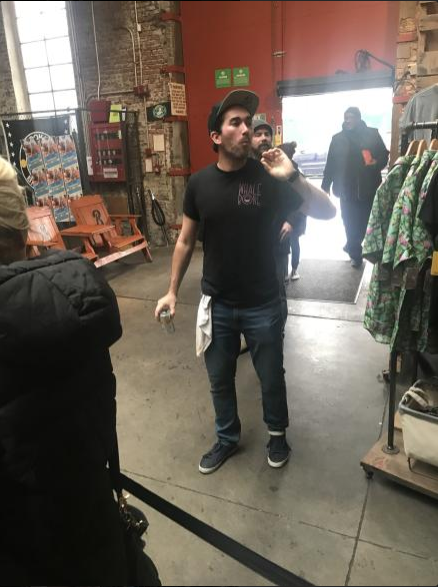
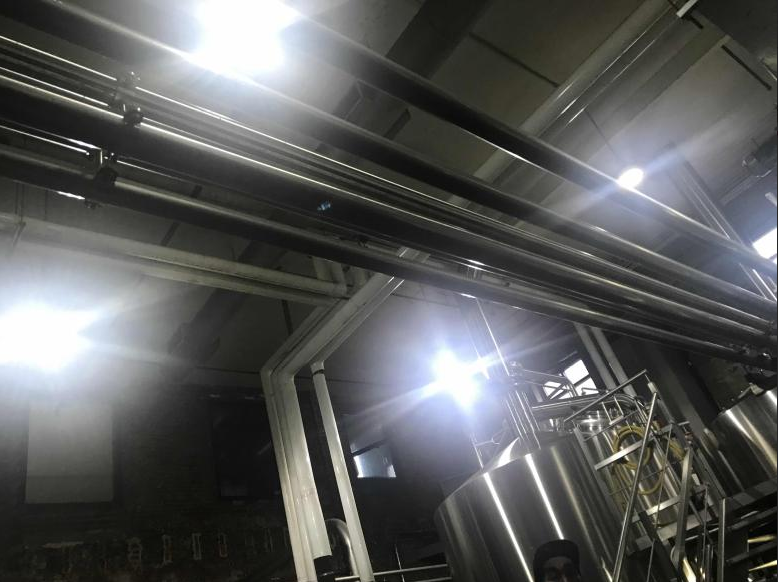 https://gyazo.com/1a86eaff44fac1b5d52c20e3996c1782 – Our guide explained that the tubes above we sending ready to use malt into a container that would then send them across these tubes to be ready to heat and stop germination.
https://gyazo.com/1a86eaff44fac1b5d52c20e3996c1782 – Our guide explained that the tubes above we sending ready to use malt into a container that would then send them across these tubes to be ready to heat and stop germination.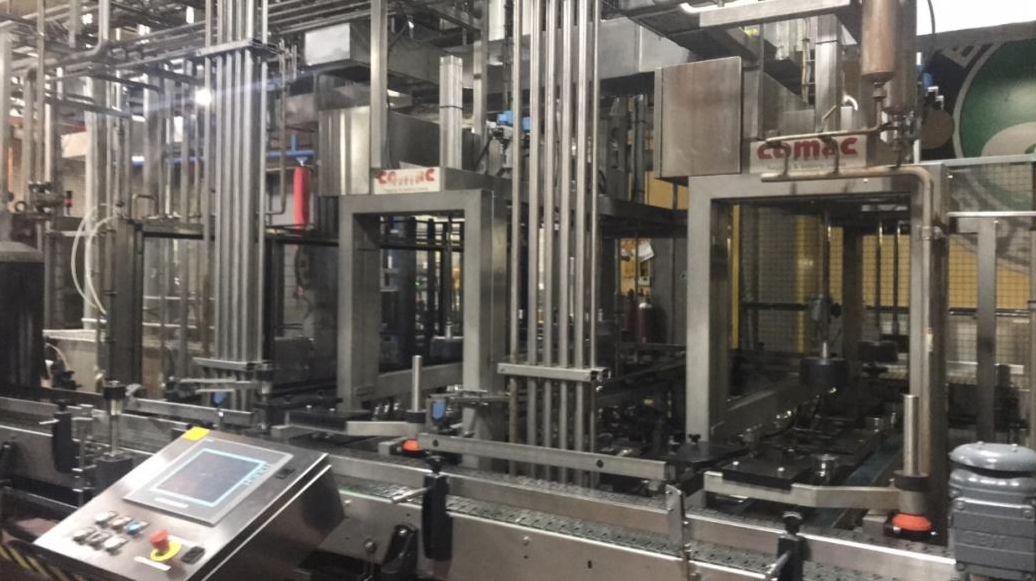 https://gyazo.com/e805d4f8d70826401c9408c77b14566c – Here is a look at their Bottling station. They claimed to be use modern techniques to help brew their beer, but the process of it all is still very traditional. They make sure that the original taste remain the same from bottling to the hands of the consumer.
https://gyazo.com/e805d4f8d70826401c9408c77b14566c – Here is a look at their Bottling station. They claimed to be use modern techniques to help brew their beer, but the process of it all is still very traditional. They make sure that the original taste remain the same from bottling to the hands of the consumer.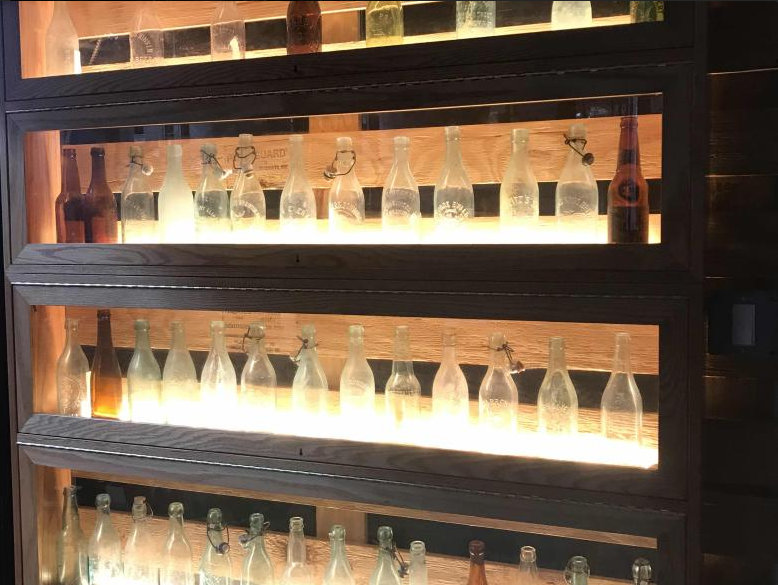 https://gyazo.com/1186b298e1a6ae67d98724d56b17b58e – Here is something that I found very interesting. They use class bottles that they’ve used in the past as decoration throughout the main pub area.
https://gyazo.com/1186b298e1a6ae67d98724d56b17b58e – Here is something that I found very interesting. They use class bottles that they’ve used in the past as decoration throughout the main pub area.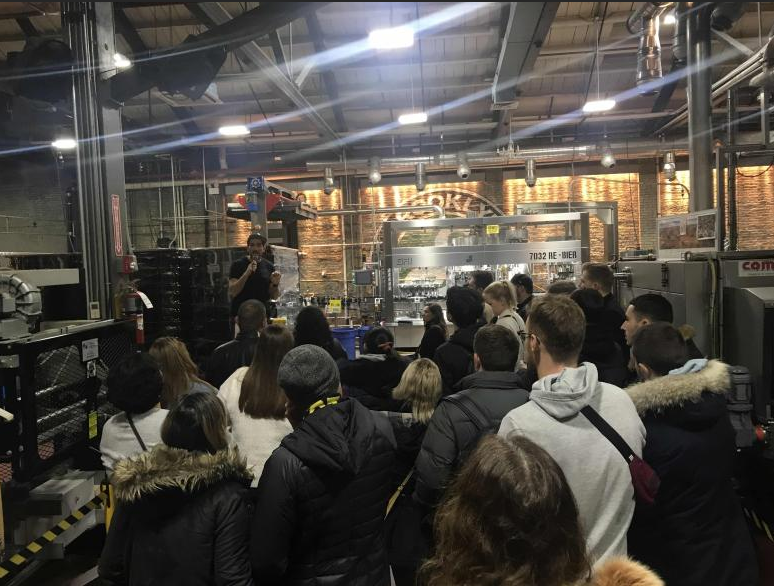 https://gyazo.com/596b45e367c5dbb9f04659fabd26bb5e – The last picture that I wanted to show is the room where the bottling actually happens. It’s a fairly large room and the reason I wanted to include this is to explain how they bottle. When bottling is about to conclude, they will drop a little hot water to make the liquid bubble. In doing so they make sure to cap it, so no oxygen escapes.
https://gyazo.com/596b45e367c5dbb9f04659fabd26bb5e – The last picture that I wanted to show is the room where the bottling actually happens. It’s a fairly large room and the reason I wanted to include this is to explain how they bottle. When bottling is about to conclude, they will drop a little hot water to make the liquid bubble. In doing so they make sure to cap it, so no oxygen escapes.


